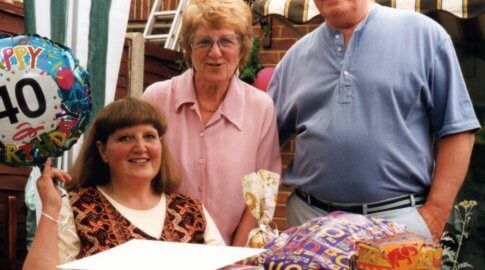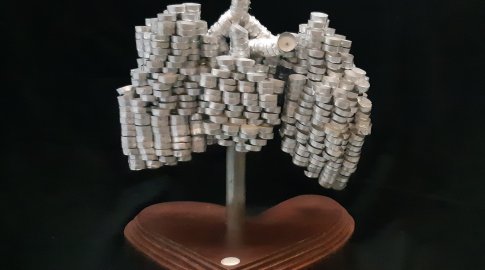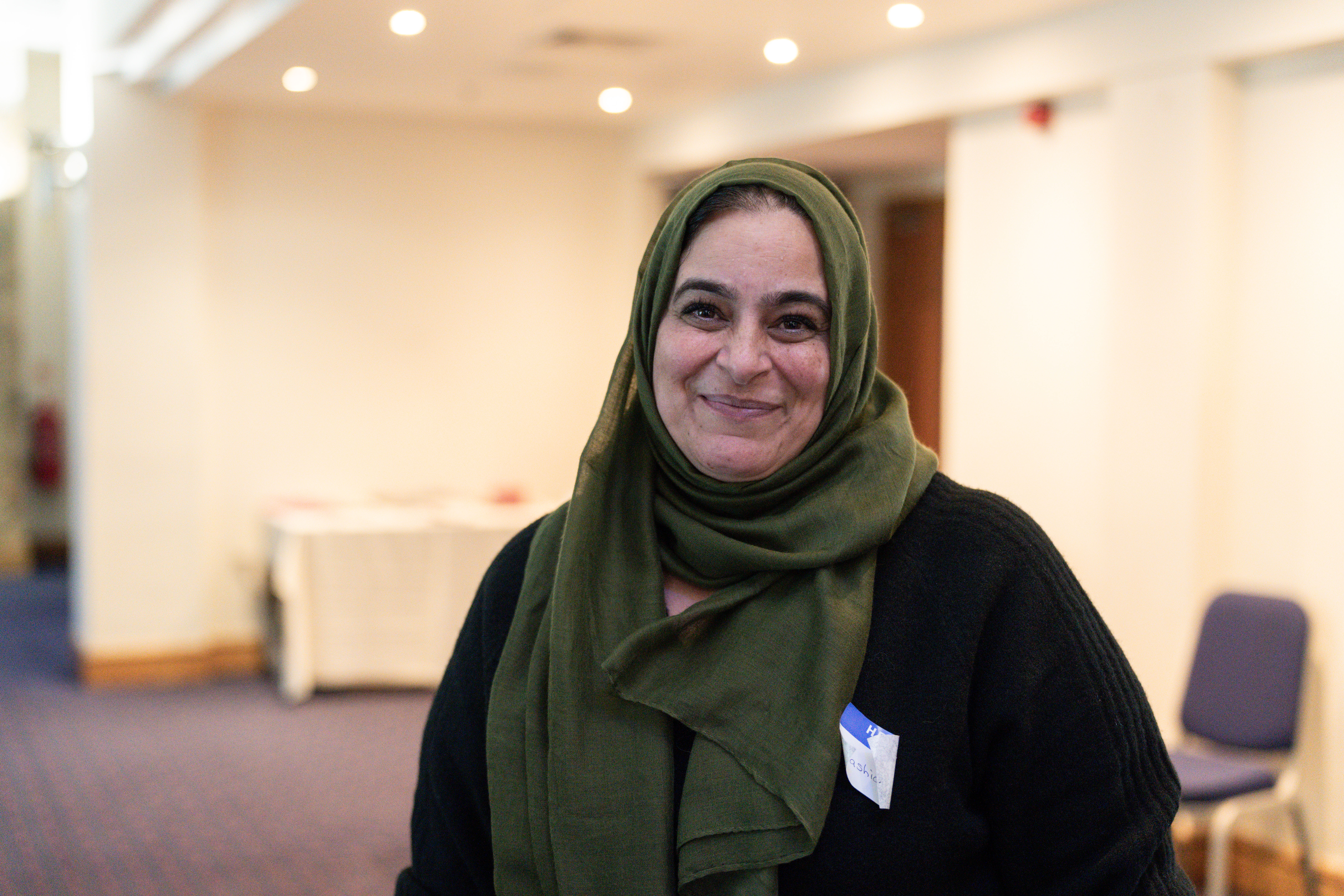Inherited PH, limiting the impact of cold weather on breathlessness, and BPA procedures
‘Ask the experts’ runs every quarter in Emphasis, the PHA UK’s member magazine. If you’ve got a question you’d like answering, please email media@phauk.org.
“I’ve been told that my PAH is idiopathic, but I’ve heard it can be hereditary too and I’m worried for my children. Is there a chance it could have been passed on to them?”
Professor Nick Morrell, Research Director at Royal Papworth’s National Pulmonary Hypertension Service, says:

The short answer is yes, but let’s dig into this a bit deeper.
“I am assuming that you do not have a family history of PAH. If you did have other family members with PAH it makes the likelihood of a genetic cause of PAH very high indeed. If you have idiopathic PAH, which occurs ‘out of the blue’, it is still possible that there is a genetic (hereditary) cause for the condition.
About one in four people with idiopathic PAH carry a genetic fault (a mutation) in one of the PAH genes. If you carry a faulty PAH gene, there is a 50% chance that the faulty gene will be passed on to a child.
The most common genetic cause of PAH are mutations in the BMPR2 gene. If a child receives a faulty BMPR2 from a parent, then they have an increased risk of developing PAH. The risk of developing PAH if they carry a BMPR2 mutation is higher in females than males, but overall, the chances of a child with a BMPR2 mutation actually developing PAH in their lifetime is around 20-30%.
For these reasons, recent international guidelines recommend that genetic counselling and testing is offered to all people with idiopathic PAH. If, after testing, there is no identifiable genetic cause it is extremely unlikely that a child will be at risk of PAH.
If on the other hand, a genetic cause is found in a parent with PAH then the family can decide whether they want the children tested for the faulty gene also. If a faulty gene is found in a child, then screening can be offered every year to make sure there are no signs of PAH developing, and to detect it as early as possible. If the child does not carry the faulty gene, then there is no concern about developing PAH.
Pulmonary hypertension centres are increasingly aware of the genetic issues in PAH and will be able to provide further guidance and referral to local clinical genetic counsellors and services.”
“Winter weather, particularly cold and rain, makes me more breathless – but I like to get out and about as much as I can. What can I do to limit the impact on my breathing?”
Stuart Craig, Clinical Nurse Specialist in PH at the Royal Brompton Hospital, says:

The cold weather causes trouble for a lot of people living with pulmonary hypertension.
“The cold irritates the airways which make can make you more likely to cough and find your breathing a bit more difficult. Fortunately though, there are a number of things that can be done to lessen the impact of the cold weather.
Breathing in through your nose and out through your mouth will help as the air gets warmed as it passes in through your nose.
Try, if possible, to wear a scarf that covers your nose and mouth. Use a smooth material that will be more comfortable than an itchy one which may feel irritating.
Keeping well hydrated will help too. Make sure you have some water to drink, or even a boiled sweet, to stop your mouth getting too dry.
Making sure you stay warm when out and about will make a difference too. Hats, gloves and warm socks to keep your hands and feet warm are helpful additions for outings.
Finally, try and keep an eye on the weather forecasts and plan your trips to avoid the coldest days if possible.
It is really important to keep getting out and about for your physical health and your mental wellbeing. Hopefully these tips will help.”
“My husband has been diagnosed with Chronic Thromboembolic Pulmonary Hypertension (CTEPH) and balloon pulmonary angioplasty has been mentioned as a possibility. How does it work and what are the risks and benefits?”
Dr John Cannon, Director of the National Pulmonary Hypertension Service the Royal Papworth Hospital, says:

Balloon Pulmonary Angioplasty (BPA) is a fairly new procedure in the UK, with the first procedure undertaken at Royal Papworth Hospital in November 2015.
“Subsequently it has been formally commissioned by NHS England for patients who are unsuitable for pulmonary endarterectomy surgery since 2018.
The procedure involves a very fine wire being inserted into blood vessels in the lungs, which guide a tiny balloon into position under x-ray guidance. The balloon is inflated, to around the size of a pea, for a few seconds to push the blockage aside and restore blood flow to the lung tissue. The balloon is then deflated and removed. This is repeated several times in different parts of the lung during a single treatment session that lasts about 60 minutes in total.
Light sedation and a local anaesthetic are given during a session, so your husband would feel sleepy, but he would still be able to hear and understand instructions.
The response to BPA and total number of BPA sessions needed is dependent on the severity of CTEPH. The expected outcomes and risks will be discussed with you and your husband in a BPA clinic if your husband is suitable. BPA has been shown to significantly improve breathlessness symptoms and quality of life, lower lung blood vessel pressures, and relieve heart failure – but it is unlikely to fully cure his CTEPH. The effects appear to be long-lasting, although because it’s a fairly new treatment, further work is required to confirm these results in the longer term.”















